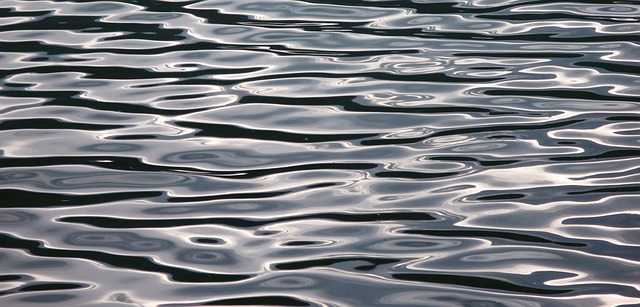This article will cover using grey water systems to limit water going into your cesspits. What do you do when you have more guests, more clothes, or more kids? Well, you do the most logical thing—make more room. The same thing applies when your cesspit encounters more water load. Excessive water load happens when it rains hard and when water consumption in your home increases. Too much water load in the cesspit is not good for the entire wastewater treatment process. When the sudden water pressure enters the cesspit, the solid waste particles are stirred up and this delays the breakdown process, which the anaerobic bacteria perform. The solid bits then flow out of the cesspit’s perforations and end up clogging the soil absorption system. When the soil absorption system becomes clogged up, the aerobic bacteria along its surface die off because they are deprived of the oxygen that they need. If the aerobic bacteria die, the biomat is not regulated anymore. This worsens the clogging and ultimately, the cesspit fails.
To help take care of the excess water load that enters the cesspit, a greywater system has to be installed. Of course, as the homeowner, you have to consider the overall costs and the components of the greywater system that you need. Using greywater systems to limit water going into your cesspits will definitely help your wastewater treatment system become more efficient. You can get a ready-made greywater system below 650 USD. This price is more inexpensive than the installation, piping, and excavation that you need to have for a drywell. To the given price of a greywater system, you have to add up the costs of the system’s installation and drip irrigation. You also have to add the prices of the bigger receiving tank, its maintenance and filter as well. Don’t forget the cost of the drain piping that has to be changed. This is needed so that the greywater from your laundry area, kitchen, and bathroom will be diverted into a separate drainpipe that leads to your greywater diversion system.
A single greywater system gives out treated water that can be used to irrigate your entire garden or lawn. However, this water should not be used to water your vegetables garden. This is done by filtering the greywater and then diverting it into the drip irrigation system. When this happens, the septic system is relieved of the pressure of having to take all the wastewater and greywater at the same time. Just make sure that the drip irrigation tubes are disposing the treated wastewater towards a different area.
When you decide to have a greywater system, you have to consider certain factors in your property. Take a good look at the following:
- the slope of the terrain
- size of the property
- the length and diameter of your drip piping
- flow rate tolerance of the treatment pump for your greywater
The piping, slope, and shape should be assessed well so that you could see if you could easily separate the greywater that drains from the greywater, bathtubs, showers, and sinks of your home. If you are changing the cesspit system and drainpipes in your existing home, anticipate a much more expensive budget. However, if you are building a new home and wastewater treatment system from the ground up, expenses should be less.
It helps to have a greywater system helping your cesspit handle the wastewater in your household. With a greywater system, you are sure to have your cesspit system for a longer period. Also, with proper maintenance and use, you won’t have to deal with very complicated cesspit and drainage problems at all. It would really help you if you redirect the rain gutter away from your cesspit and greywater systems. This would lessen the amount of sediments and water load that could easily cause irreversible system failures. Discuss the greywater system installation with your septic expert so that you could work together in improving your wastewater and greywater treatment systems.
